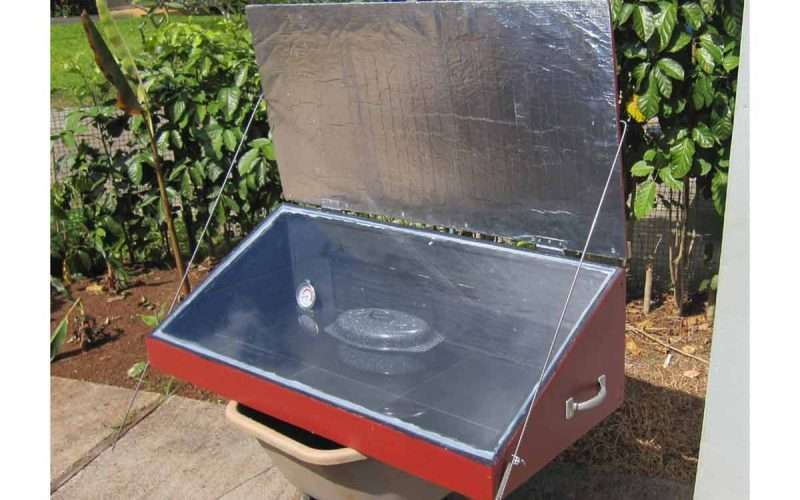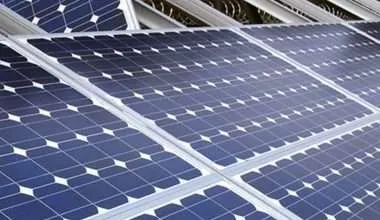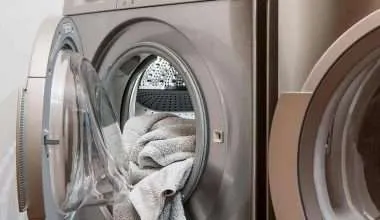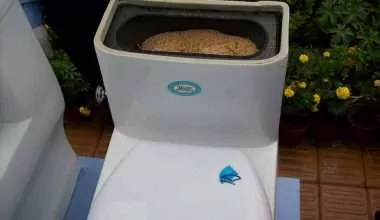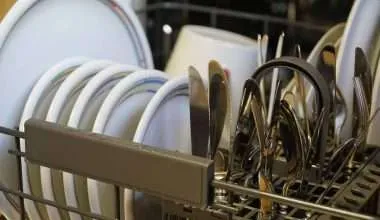Table of Contents Show
A solar oven is a recently introduced device that can cook food without having to use any fuel. It does this through gathering sunlight which creates heat and that is how it cooks the food. The only form of fuel that is needed for a solar oven is sunlight.
These solar ovens might not be very popular now but there are surely getting there. Also, solar ovens are affordable and sustainable. Solar cooking can easily be used in isolated places or even rural areas as the world is developing.
Using solar energy more is beneficial for our environment. It is a clean and renewable source of energy. Deforestation can also be prevented through it and can also help in reducing greenhouse emissions.
How Does a Solar Oven Work?
All the solar ovens work on the ‘3C’ rule. It is the triple principle of concentrating, capturing, and conserving the rays of the sun around the cooking dish. Rather than converting solar energy into electricity, solar ovens trap the light to create heat.
1. Concentration
To maximize the input of light, there are mirrors placed around the solar oven which receives rays of the sun. The Sunlight reflects back from the mirrors in a concentrated form. This is a solar reflector at work.
All the rays accumulated increase the temperature of the container.The clouds filter out the infrared rays in the sunlight. These infrared rays carry the heat. This is why we feel warm when the sun is out and a bit chilly when clouds are giving us shade.
2. Capture
A dark metal pot is placed in the middle of the oven. The job of this pot is to capture and transfer heat to the cooking food. Dark colors are best for capturing infrared rays. When the cooking dish/pot is warm enough, the heat tries to escape into the cooler surrounding air.
However, because it cannot pass through the glass, it is trapped inside only.
3. Conservation
Conservation depends on the design of your solar oven. There are different types of methods used to conserve the heat around your cooking pots.
There is a double-walled glass tube for the SUN-CHEF solar barbecue, SUN-GOOD solar cooker uses the cooking bag. Moreover, there is a glass window for the SUN-TASTE solar cooker and a double bowl for SUN-PARABOLIC solar dish.
All these different ways are used to isolate the pot from the surrounding environment and the wind. This is how the greenhouse effect works.
Benefits of using Solar Ovens
1. Economically Beneficial
We can say that many solar ovens are high-end, hence, they are not cheap. But, there are a lot of people who make DIY options for a solar oven with available material at home, such as aluminum foil, plastic wrap, or pizza boxes.
Even if you buy an expensive solar oven, it will be a good investment. Maybe the initial purchasing cost is high but they eliminate the fuel costs. The cost reductions are long-term.
2. Safety
As a solar oven operates without electricity, it makes it a good option for people who are living in places that have no electricity. Due to any reason or situation, if someone is living in an area that has no power, he does not have to starve if he knows the cooking method with solar energy.
The plus point is that solar ovens are a safer option because do not need fire. It sure is safer than having to burn wood for fire.
However, this does not mean that solar ovens are risk-free. If you have a parabolic oven, it tends to reach a high temperature more often which is why it requires monitoring. It is also important to not seal the cooking pots tightly as they have a chance of exploding.
3. Environmentally Beneficial
We all are well aware that solar energy is an environmentally friendly renewable resource. When we cook with solar energy (renewable energy), it is less harmful to the environment than cooking with non-renewable resources like fossil fuels.
When wood is not burned for fuel and the petrochemicals are also not processed, there is less air pollution. Using sunlight as fuel replacement is a very promising practice. Moreover, when the wood will not have to be cut for fire, this will prevent deforestation.
Despite being a great advantage, sunlight is also a disadvantage at the same time. This is so because one has to set the cooking time according to the sunlight and proper sun exposure. Unlike the conventional method where you are free to cook whenever you want.
Types of Solar Ovens
1. Solar Cooker (Box ovens)
Box oven is a solar box cooker which is the most popular of all. It involves a box which is usually made out of cork with a glass cover. When the oven box is closed, rays of the sun penetrate through the box using the double-glazing method.
Rays of the sun come directly on the metal lining placed at the bottom which eventually heats the sheet metal. This makes the temperature inside the box to rise. Insulation in the box walls and the glass lid prevents heat loss.
The box solar ovens are great for cooking beans, baking, or any food that may require a longer cooking time. You can put a dark brick in the box and then place the box in the full sun for it to preheat.
2. Tubular Solar Cooker
Next to the box oven, comes the solar tube oven in popularity. It tends to work like a thermos as it has a double-glazed wall. There is a metalled layer inside the pipe. When the sun’s rays are caught, the material heats up and the tube retains the generated heat.
It is an amazing insulator that has the power to prevent heat loss like a thermostat. The surface of the cooker is always cool which is why there is no risk of burning. To put your food in, you have to slide the tubular drawer into the tube and insert your food in it.
Then you may close the tube. The tubular system is simple, convenient, and extremely effective.
3. Solar Panel Oven
The solar cooker which has panels has one or more reflecting mirrors that direct the sunlight toward the pot. Solar panel cookers are known as open cookers. In this type of solar cooker, the cooking pot has the most important role.
The cooking pot catches the rays of the sun and transforms the light into heat. This is why it is important to carefully select the pot and make sure to get a thin and dark pot.
One has to put the pot in the middle of the oven to capture the sun’s rays with the solar panel ovens. For best results, always put the pot enclosed in a reusable cooking bag. There is an option to replace the cooking bag with an inverted salad bowl.
4. Parabolic Solar Cooker
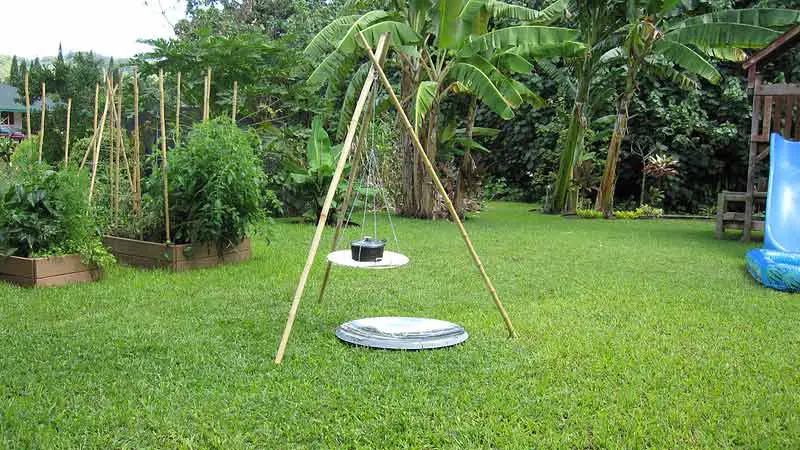
The parabolic solar cookers have a reflector in the form of a parabola. The shiny surface catches the sun’s rays and reflects them back to the dish in concentrated form to cook food. The bigger the parabola is, the higher the temperature of heat.
These cookers may reach a high temperature very quickly which is why you have to manage them by changing the positions.
Frequently Asked Questions
1. Do solar ovens work in winter?
Ans. The season does not matter when working with solar ovens. What matters is the presence of the sun. Hence, whenever there is sun, you can use the solar oven. The only drawback of solar ovens in winter is that the cooking pots will not get hot enough due to the cold weather.
2. What are the disadvantages of using solar ovens?
Ans. A major disadvantage is that you cannot use solar ovens just anywhere on Earth. Also, it is slower than a conventional oven, so one might get annoyed.
3. How are solar ovens used in everyday life?
Ans. Solar ovens are a great alternative to conventional ovens as they are environmentally friendly. We need to be more responsible as humans and take all the steps we can take to protect the earth. With emission-free cooking, the air can get cleaner.
You can also keep it as a backup option if you do not wish to use it in your everyday life. And, you can carry on with solar cooking even when the clouds cover the sun, or at the end of the day by using heat-retained baskets.
